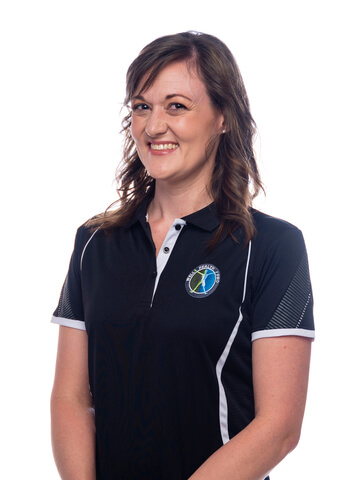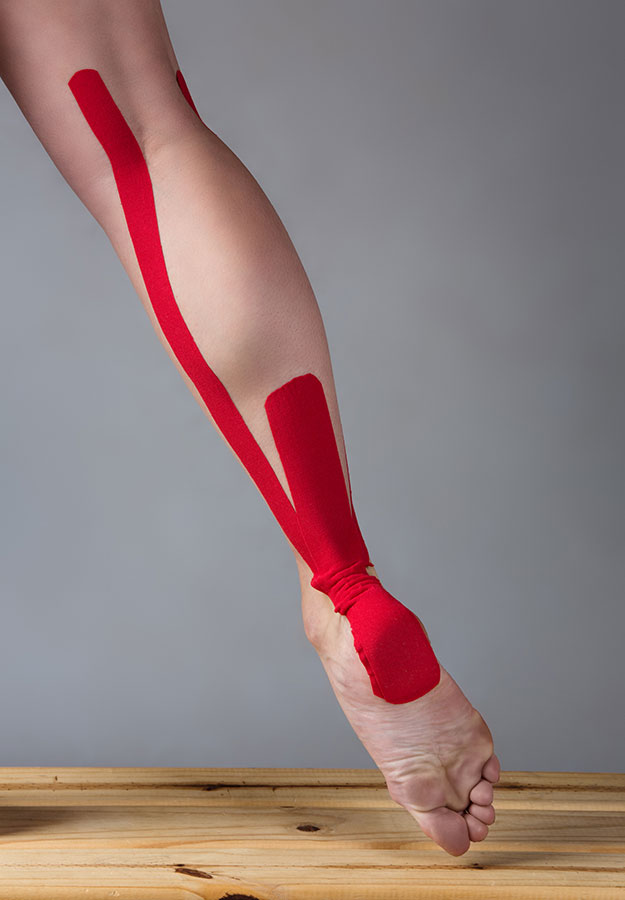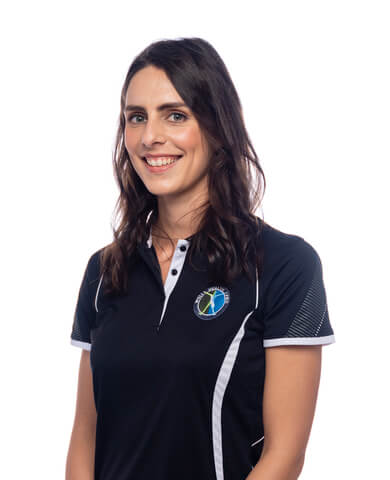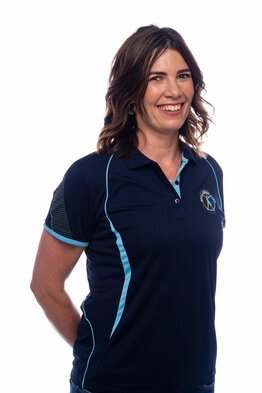Dynamic taping is a new technique when compared to rigid taping or the colorful kinesiology strapping that everyone has seen before. Most people have never even heard of dynamic taping, and mistake it for Kinesiology tape. There’s fundamental differences on how it acts and why it’s used. Dynamic taping is another technique in a physiotherapist’s toolbox that can help you recover faster. That doesn’t mean we use it in every session, though. Just like laser, dry needling and other taping methods, we will use the tools we need to treat your specific problem, under very special circumstances.
What exactly is Dynamic Taping?
The easiest way to explain how it works is if you compare it to the more common kinds of tape.
Rigid strapping is non-elastic, so it offers high resistance to movement. This makes it very useful when we need to restrict movement, prevent certain movements or limit range. For instance with an acute ankle sprain or knee ligament tear.
Kinesiology tape, on the other hand, is very elastic and offers much less resistance to movement. This kind of tape also has some recoil, so if you stretch the tape it will try to go back to its original length. We use kinesiology tape for a massive range of problems, from whiplash, upper back muscle spasm, sciatica hip pain, quadriceps muscle tears and even ankle fractures.
Dynamic taping uses special biomechanical tape that stretches in different directions and lies somewhere in between rigid and kinesiology tape. In some cases we want to allow movement to encourage healing, but in the same breath, we need to limit some movement. Rigid tape doesn’t allow any movement and kinesiology tape allows too much movement. Biomechanical tape, or dynamic taping, is also elastic and lets you move, but has more recoil than kinesiology tape. Almost like a spring. Springs can stretch, but the more you stretch it, the more it resists further movement. It also bounces back to its original length when you let go.
Why we use Dynamic Tape
Physiotherapists use dynamic taping mainly to modify the load on an injured structure. For instance with Achilles tendonitis. Most tendon injuries are the result of overload – doing too much too soon, after doing too little or without recovery time in between. Tendons need some loading to heal, but an injured tendon can only handle limited amounts of load. In these cases, we use dynamic taping to let the tape do some of the work. You will still be able to move while the tape prevents overstretching and works like a spring to take you back to “safety”. This means that the muscle or tendon doesn’t have to work so hard, but you can still start building capacity and strengthening the surrounding structures.
Benefits of dynamic taping
- Allows full movement
- Helps to control movement
- Limits loading on injured structures
- Improves joint stability
- Can assist or resist movement as needed
- Enhances proprioception
- Prevents joint stiffness
- Decelerates movement
- Assists with movement pattern retraining
“The magic of tape is in knowing when and how to use it”
The Technique
Dynamic taping is an extremely useful tool as part of treatment, depending on your specific problem. The technique is modified in countless different ways to help recovery. Physiotherapists know which taping to use, where to apply it and how to assess whether it is working.
There isn’t a recipe for dynamic taping, but rather guidelines and general principles that your physiotherapist follows. For example, if you Google “how to strap shin splints” it might take you all day to go through all the videos, pictures and articles you find. How will you know which one to choose? Simply put, it depends on your diagnosis, severity, stage of healing and so much more. Physiotherapists are experts in diagnosing injuries and finding the structures causing your pain. That is how we know which technique to use.
There are some aspects to the techniques that is quite standard, though. Dynamic tape should be applied directly to the skin. Often, but not always, this is over the injured or painful area. Your skin should be clean and hair removed if possible to ensure that the tape adheres to your skin. The strapping used by physiotherapists is designed to stay on for a couple of days, so you can bath, shower or swim without removing it. When it’s time to remove the tape, gently lift one edge of the tape and then systematically remove the whole strip. Do not simply rip off the tape – this might seem like a good idea, but it damages the top layer of your skin. No need in tearing off your skin.
As you progress during your recovery, your physio changes the type of tape they use, to give you the maximum benefit. Healing is an evolving process that requires adaption as you get better. Just like you might start off in a cast after a fracture, then a hard brace, then a soft support. Dynamic taping is one of the supports we use to achieve our goals.
Changes you’ll notice
Dynamic taping is primarily used for its biomechanical effects. In other words, for how it affects movement. When we use dynamic taping as part of treatment and your rehabilitation program, you will notice that there is more tension than with other kinds of tape.
One of the main effects is that the tape resists movement in stretched positions, without interfering with mobility in movements that don’t put strain on your injury. At first there is very little to no tension on the tape, but once you get to the end of the available movement there’s resistance. The tape also helps to absorb load and then acts like a spring to take you back to the starting position. This keeps you in a safe range.
To summarize, dynamic taping decreases load on injured structures in three ways. Firstly, resistance at the end of range limits compression on tendons or overstretching of muscles and ligaments. Secondly, the stored elastic potential energy (generated when the tape is stretched) causes a recoil action. This recoil assists with the return movement, taking up some of the strain that the weakened, injured structures would have to absorb without dynamic taping. Thirdly, displacing forces to the surrounding tissue, and allow forces to move along ‘less used’ areas. This is shifts the impact onto less vulnerable tissue.
Dynamic taping feels like:
Dynamic taping isn’t just a quick fix, so it won’t take away all your pain or discomfort. However, you should feel an immediate effect after strapping is applied. Dynamic taping feels extremely comfortable, supporting the injury and helping you to move better. The application that your physiotherapist chooses has a specific goal, often to take some pressure off the injured structure.
Very rarely patients get skin irritation, itching or redness around the area where tape was applied. This is contact dermatitis and are signs of an allergy to the adhesive or strapping, so remove the strapping as soon as possible if you feel any of these symptoms.
After removing the tape, some redness may be visible, but should settle in 30 minutes. If lines on your skin persists for more than a day, you must be cautious applying tape again. Wait for your skin to recover before it’s reapplied. We ask patients to remove the tape before they come in for their next session, just to allow your skin to breathe before it’s taped again.
How long does dynamic taping take?
There is no set time to dynamic taping, and how long it takes will usually change at every session. Strapping is usually applied at the end of a session, after an assessment (or quick reassessment) and treatment techniques or modalities. During the session your physiotherapist determines what kind of taping will be best for your specific problem on that day. What kind of strapping and how it is applied can change throughout the course of your treatment as your problem needs more or less support.
How many times should I get dynamic taping?
You should already feel the effect of dynamic taping directly after application. The goal of this technique is to “share” the load on the injured structure, giving us a window to strengthen the surrounding muscles and start with movement pattern retraining. Strapping doesn’t contain any medication or active substances, so the technique is only used for its biomechanical effect. In other words, dynamic taping doesn’t heal your injury, it changes the movement and tension in the area to allow healing to take place. There’s still a lot of work to do while you heal, so dynamic taping is a small part of your overall rehabilitation program.
Your physiotherapist will discuss a treatment plan with you and give you an idea of how long it will take for your problem to improve and how often treatment is needed. For some conditions you’ll need 2-3 sessions where other injuries need 6-8 sessions over a couple of weeks.
What can I do at home to ensure dynamic taping is effective?
Good physios will teach you step-by-step how to tape for your specific problem, this includes the amount of tension, direction you must follow. Our physios explain what we’re taping it for and you can help by re-applying the tape at home. Please don’t use Dynamic taping if you don’t know how or why. You may cause even more harm, than good.
Dynamic taping is a small but useful part of your rehabilitation program. To get long-term, lasting results we need to address the underlying cause of your problem and enough time for your body to adapt and heal.
There are a few things you can do at home:
- Don’t force movements if you feel resistance in the strapping.
- Apply heat or ice to help with pain relief (your physio will advise you which one to use)
- Do your prescribed home exercises
- Remove the dynamic taping if you feel any skin irritation or itching in the area
- Avoid or modify activities that make your pain worse.
Cost of dynamic taping
Each medical aid has a specific rate for taping/immobilisation. However, dynamic taping is only a treatment technique, so it is always be used in conjunction with other treatment modalities. The application of taping forms part of the cost of a full treatment session.
Dynamic taping is only one piece of the puzzle to solve your problem – to get the results you want, you need the full treatment package.
Medical Aid Code – 407
The medical aid used for dynamic taping is 407 and its description is immobilisation. Immobilisation means to limit or prevent movement and physiotherapists use this principle to protect injured tissue. It includes all forms of bracing, taping, splinting and strapping. In some cases it would block movement completely, but in others taping merely prevents or limit specific movement while still allowing others. Most good medical aids offer re-imbursement for dynamic taping.
Does it make a difference to have an experienced physiotherapist apply dynamic tape?
A Google search for taping will give you hundreds of different ways to tape and probably also hundreds of different kinds of strapping to use. This information overload can’t help you to choose the correct kind of tape or technique for your specific problem. Even worse than that, it’s even more difficult to decipher on what to do if things go wrong. You risk making your injury worse. Physiotherapists are experts at assessing and diagnosing injuries, so we know when to use taping, what to do and also what to avoid. We stay up to date with advances in strapping techniques and new research on how to treat pain and injuries.
Don’t worry if you’re unsure about when to use dynamic taping – rather ask your physiotherapist. We know what works, to achieve the results you want.





